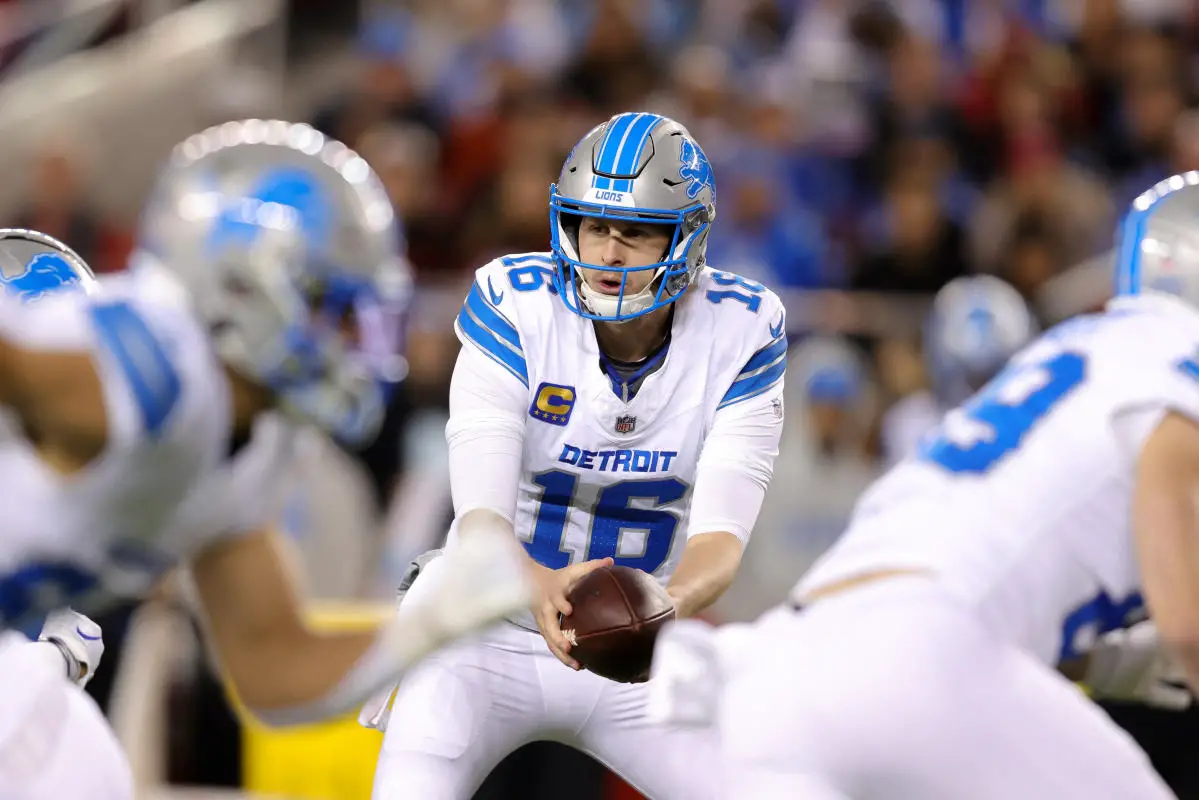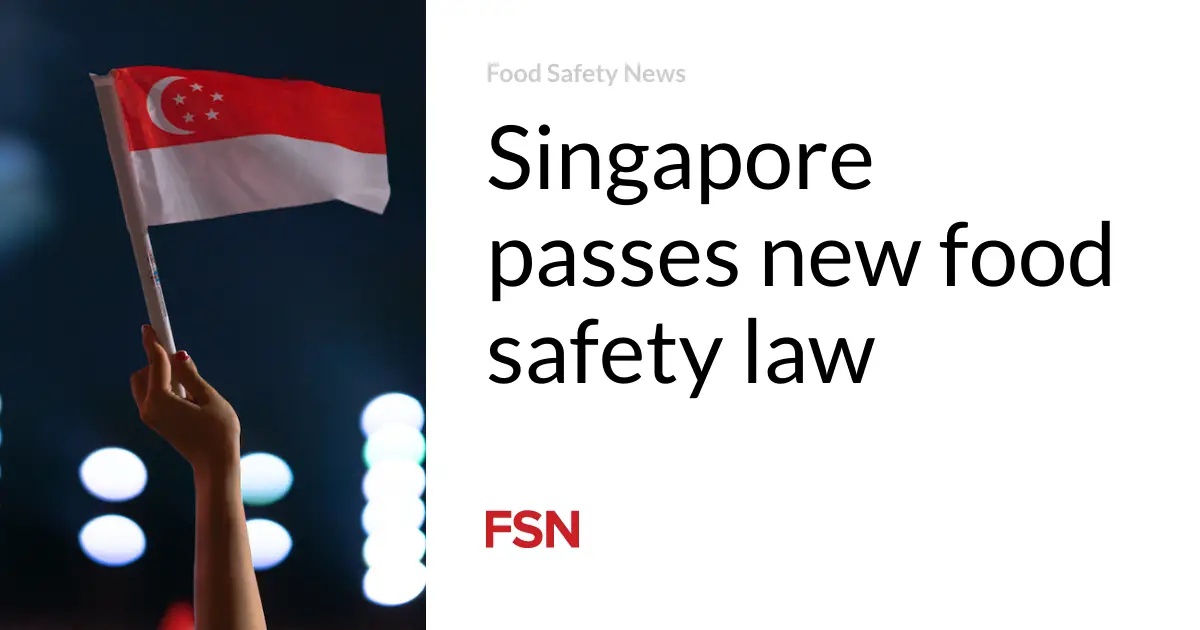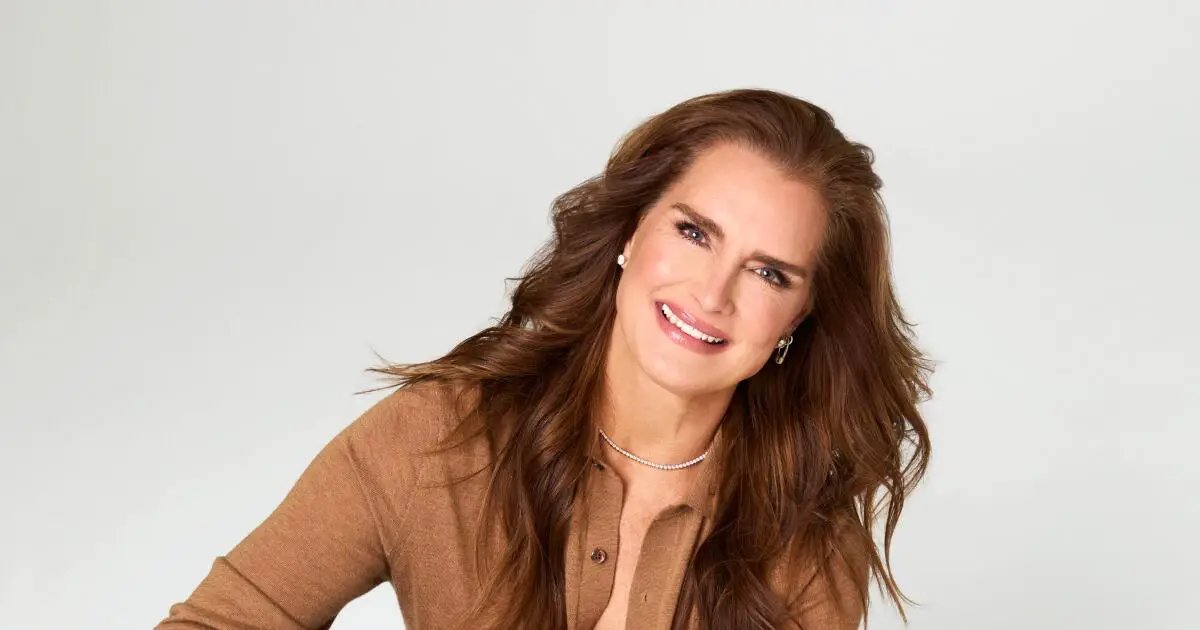You might think that wearing a top made from wood pulp would give instant eco-credentials – it is renewable, biodegradable, and, having once been a tree, it has soaked up some carbon along the way. What’s more, it’s not plastic. This is why many brands are opting for viscose, Lycocell, acetate and modal – soft, silky, semi-synthetic fabrics made from tree-pulp – as an apparently more sustainable option.
Except that the chances are that your wood-pulp top may not be so green. “Deforestation continues to be a problem,” says Nicole Rycroft, who founded Canopy, a Vancouver-based NGO, 10 years ago to help protect ancient and endangered forests. The NGO’s initiative CanopyStyle focuses on fashion. “It’s 2024 – surely we are smarter than mowing down 1,000-year-old trees to make T-shirts.”
In total, about 300m trees are logged globally each year to make viscose, sustainably or otherwise. These fabrics go by the rather geeky term, “man-made cellulosic fibres”, or MMCFs. Demand for viscose, the third most used fabric in fashion (after polyester and cotton), is expected to double over the next eight years, says Rycroft: “Many brands are looking for a substitute for polyester or virgin cotton, but it’s trading one environmental disaster for another.”
“Significant amounts” of viscose come from endangered forests in Brazil, Canada and Indonesia, says Rycroft. “We’ve also noted old-growth forests in Australia – koala habitats – disappearing into the viscose supply-chain. And it’s coming from plantations in Indonesia on peatlands that are incredibly high-carbon.”
Indeed, one-sixth of the world’s biggest viscose producers are described as “high risk” in CanopyStyle’s latest Hot Button Report, which assesses producers’ risk of deforestation, their adoption of lower-carbon alternatives to virgin wood-pulp, and their chemical management. It is intended as a one-stop shop for CanopyStyle’s 550 fashion brand members – among them H&M, Stella McCartney and Marks & Spencer – so that they can make informed, ethical purchasing decisions.
But even with such resources, some producers described in the report as “high risk” still slip through the net, with their fibres making their way on to the high street. But it is not straightforward to connect the dots back to specific fashion brands. Even though some fashion labels now share their supplier lists online, “it’s hard to find the information – even as a fashion professional,” says Jocelyn Whipple, co-founder of the sustainability consultancy The Right Project.
There is “complexity around [supplier] ownership systems, with shell companies, links to mills and supply chains that may not be immediately apparent,” adds Rycroft. In March, for instance, Greenpeace released its Deforestation Anonymous report, noting a new wave of Indonesian deforestation by an anonymously owned “shadow company”.
Others point the finger at the fashion labels themselves. “The villains are the brands that don’t disclose any information about their supply chain,” says Dr Kate Hobson-Lloyd, fashion ratings manager at the sustainability ratings app Good on You. “That’s not limited to fast-fashion brands – plenty of high-end brands have poor disclosure.” What’s more, Fashion Revolution’s most recent Transparency Index reveals that only 12% of 250 of the world’s largest fashion brands have published a time-bound, measurable commitment to zero deforestation (among them Burberry, Gucci, John Lewis and Zara), down 3% from the year before.
This lack of transparency, traceability and accountability has happened because “voluntary measures only get you so far, and it hasn’t been mandated by regulations yet”, says Shruti Singh, head of Fashion Revolution India. Many brands “will just wait for legislation before mapping their supply chains.”
“Commitments are never enough,” states a recent report on deforestation by Global Canopy, an environmental not-for-profit (unrelated to Canopy). “They are not worth the paper they are written on unless they are acted on.” It found that 63% of companies that had set deforestation commitments hadn’t shown “adequate evidence of implementing them”.
While the EU’s new Deforestation Regulation (EUDR), which will come into force on 30 December, ensures that wood and other commodities driving forest degradation will no longer be sold in the EU, Global Canopy claims that “only 1% of companies are likely on track to be compliant with [it].” Other activists question whether EUDR will go far enough: one anonymous source says that “textiles haven’t been explicitly mentioned.”
“Many brands are not prioritising this because they think customers don’t know or care about the issue,” says Julia Kozlik of the Programme for the Endorsement of Forest Certification (PEFC), a Swiss NGO that certifies sustainable forestry used by Fendi, APC and Gant. It found that 48% of 5,329 British, Italian, French and Spanish consumers weren’t aware that forest fibres are used in clothing, while 76% said they would be concerned if the sourcing of these fibres had a negative environmental effect. Seventy-eight percent said that brands needed to increase their responsible sourcing of forest fibres.
Rycroft remains optimistic, however. “In the last seven years, more than half of global viscose producers have shifted away from high-risk forest-sourcing towards FSC-certified forest fibre and low-carbon next-gen alternatives. Historically we’ve seen dramatic shifts – for example, with the recycled paper industry, which brought on 70m tonnes of capacity within a decade. That’s the pace of transition we need to see in fashion.”
How to make sure your viscose is sustainable
Look out for Circulose
Formerly known as Renewcell, Circulose is a 100% recycled MMCF made from textile waste – no tree-felling required. Available at H&M, Ganni, Levi’s and Arket. Keep your eye out, too, for Spinnova and Infinited Fiber which are racing to scale up their recycled-textile viscose.
Check out Ecovero
A next-gen viscose made with wood from controlled or certified wood sources, Ecovero is produced using at least 50% fewer carbon emissions and half the water of conventional viscose, plus a minimum of 20% recycled material. Try Ganni, By Malene Birger and Monsoon.
Bookmark CanopyStyle’s fashion partner directory
Has your favourite brand committed to sourcing viscose without plundering ancient and endangered forests? All of CanopyStyle’s 550 fashion members are held to this standard, as well as to increasing their use of MMCFs made with recycled fibres.
Choose FSC certification
With Forestry Stewardship Council-certified viscose, you can be confident its production has avoided deforestation, supported biodiversity and protected Indigenous Peoples and local communities. Sezane, Dancing Leopard, Step One, and Ba&sh all use FSC-certified viscose.
Go 100% viscose
Try to buy viscose in its pure state – it means that it will biodegrade at its end of life, and is easier to recycle if it hasn’t been blended with plastic.






